The Economic Blocks correspond to the union of countries of the same region to promote economic and social growth.
At the end of the Second World War, and especially from the 1990s onwards, economic blocs multiplied around the world.
What are economic blocs?
Economic bloc is the association of several countries in order to form a common regional market through tariff facilities among the members.
These associations can be of various types such as a customs union, when there is a reduction or elimination of taxes. There are also free trade zones, where goods can be sold with virtually no tax between countries.
Finally, there is the common market where equal policies on free trade, external tariffs and the circulation of capital, people and goods coexist.
Main economic blocks
Let's see which are the main economic blocks in the world:
Mercosur
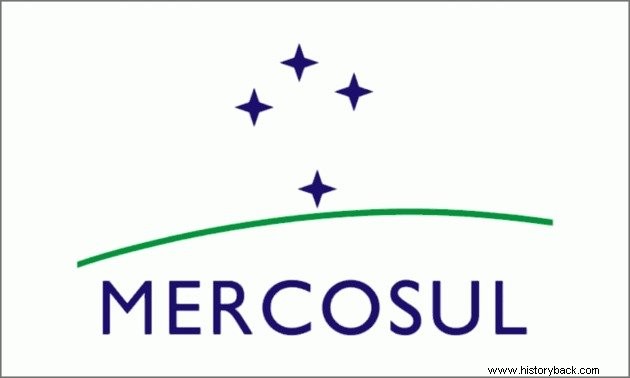
The Southern Common Market (Mercosur) was created in 1991. It is the largest economic bloc in the Southern Hemisphere, formed by Brazil, Argentina, Uruguay and Paraguay.
See also:MercosurEuropean Union
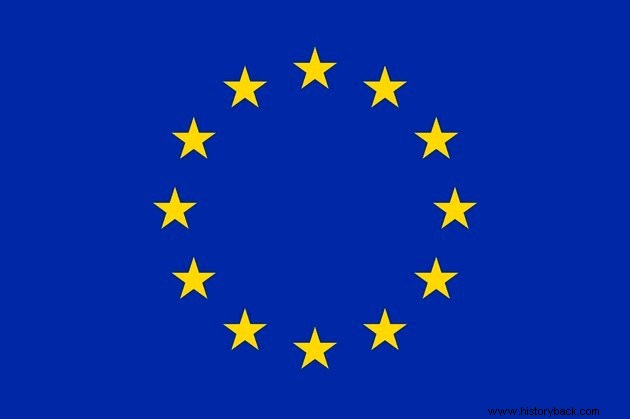
Effective in 1992, the European Union is the bloc formed by 27 European countries. It is the largest block in the world in terms of number of members, sales volume and GDP.
Likewise, the European Union and Japan constitute the largest free trade area in the world since February 2019.
See also:European UnionUSMCA
The United States, Mexico and Canada Agreement replaced NAFTA in July 2020. This change was proposed by President Donald Trump and accepted by the other partners after two years of negotiation.
The new treaty increases regulation with respect to the environment and increases the production of automobiles, in addition to guaranteeing a share of the Canadian dairy market to the United States.
It is the dominant block of North America.
APEC
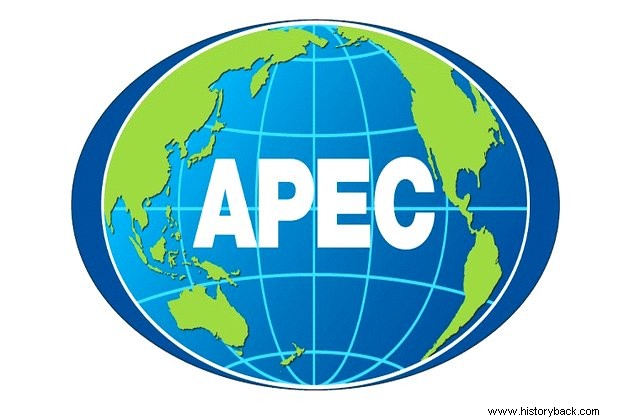
Formed in 1993 by several countries on the Asian continent, APEC (Asia-Pacific Economic Cooperation) is the main block in Asia.
See also:APECAndean Community of Nations
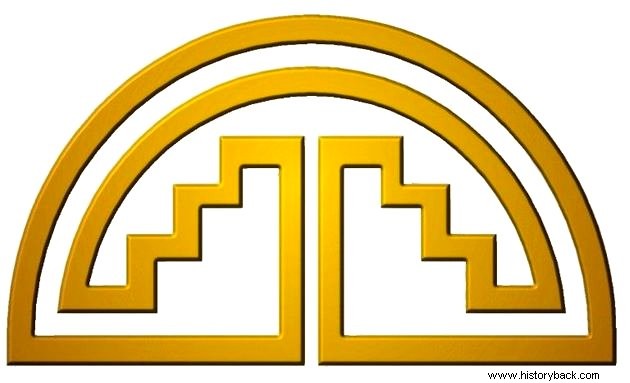
Created in 1969, this bloc, formerly called the Andean Pact, is made up of four countries:Bolivia, Colombia, Ecuador and Peru.
See also:Andean Community of Nations - Andean PactASEAN
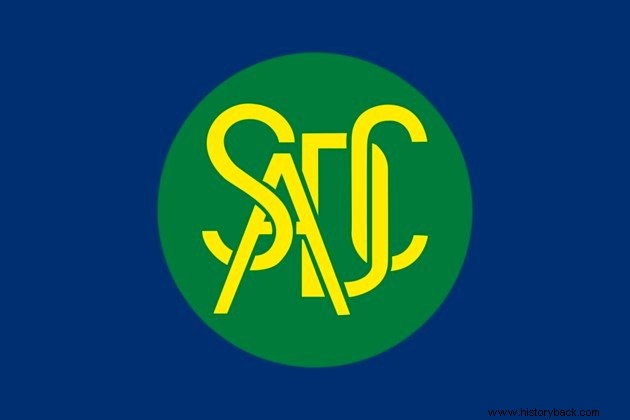
The Association of Southeast Asian Nations was created on August 8, 1967. It comprises the Southeast Asian countries:Thailand, Philippines, Malaysia, Singapore, Indonesia, Brunei, Vietnam, Myanmar, Laos and Cambodia.
See also:ASEAN Economic BlocSADC

The Southern African Development Community was created on October 17, 1992 and currently comprises 16 countries in the southern African region.
See also:SADC Economic BlocHistory of economic blocs
We can consider the formation of economic blocs as one of the most recent symptoms of globalization.
In this scenario, commercial transactions were intensified with the consequent reduction of borders between the signatory nations.
Every economic bloc is the result of an intergovernmental agreement and, generally, arises due to regional affinities that facilitate and privilege economic exchanges between them. Most are formed by neighboring countries or by something that unites them geographically, such as the Pacific Ocean.
The historical landmark of this phenomenon can be considered the Cold War, since the world was divided into two great economic, ideological and political blocs.
However, it will be in 1956 that we will have the first block just like the current model. Thus, between Belgium, West Germany, Holland, Italy, Luxembourg and France, the ECSC (European Coal and Steel Community).
Subsequently, we will have the formation of numerous economic blocs between the 1960s and 1990s, especially after the end of the Soviet Union.
In fact, trade between the countries that make up an economic bloc increases significantly, generating economic growth for the parties involved.
However, the European Union crisis in 2011 demonstrates the difficulty in establishing common levels between nations with different economies.
Advantages and Disadvantages of Economic Blocs
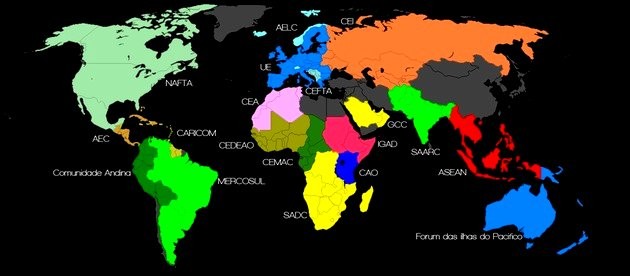
The main advantage offered by the economic union between the countries is the reduction or elimination of import tariffs. This allows for the purchase of cheaper products. The reduction in the customs tariff also stimulates the movement of people and goods.
Producers can benefit from reduced imports of raw materials, which is reflected in production costs, further reducing product prices.
Those companies that do not adapt to the changes, as well as those that do not have the structure to compete with rivals in other countries in the bloc, will go bankrupt.
As a consequence, they will close jobs and reduce income in sectors where there is inefficiency.
Read more :
- BRICS
- Economic Globalization
- What are economic blocs?
